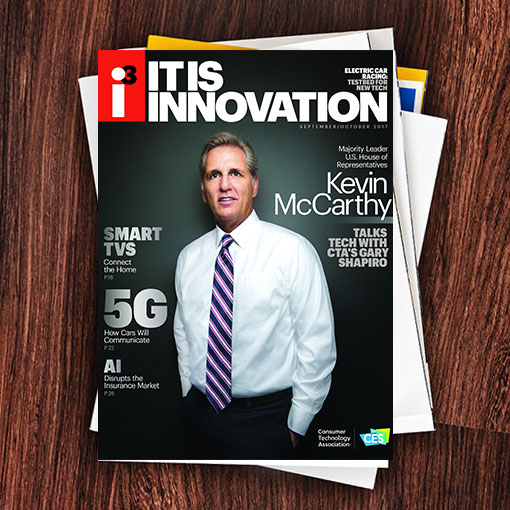Formula E, semiconductor company Rohm is sponsoring and officially partnering with the Venturi racing team. Rohm developed new power device technology using Silicon Carbide (SiC), a compound of silicon and carbon produced using a crystal growth process of sublimation and exposure to high temperatures of about 2,000°C.
This material can withstand much higher electric fields than conventional silicon, and devices with SiC can work with higher voltages and currents, which increases power density and reduces switching losses even under high temperatures. The use of SiC allows for an inverter (hang on, I’ll describe this momentarily) with reduced size and weight, which in turn allows for improved weight distribution in motor sports and less power consumption.
In electric vehicles, power inverters and converters are used to “invert” battery pack direct current (DC) to alternating current (AC) for motors that are used to propel the vehicle down the road. They also convert AC to DC to charge the battery pack. With an electric drivetrain, the inverter controls the electric motor in a manner somewhat equivalent to how the Engine Control Unit (ECU) of a gas or diesel internal combustion engine vehicle determines the vehicle’s driving behavior. As a result, the range of the vehicle is directly related to the efficiency of the main inverter.
There is a growing demand for more efficient power converters with higher power density and higher temp-erature operation in Formula E racing. Conventional silicon (Si) power devices can no longer meet the requirements. Silicon Carbide has been identified as a material with the potential to replace Si devices in the near term because of its superior material advantages. This year Rohm embedded SiC Schottky diodes, making the unit 2 kilograms lighter than the inverter for season two. Electric efiiciency was increased by 1.7 percent, while the volume of heat extraction (read: cooling) components was reduced by 30 percent.
A diode is a semiconductor device with two terminals, allowing the flow of current in one direction only. A Schottky diode (named after German physicist Walter H. Schottky), is a semiconductor diode formed by the junction of a semiconductor with a metal. Incorporating SiC high-speed device construction into Schottky diodes makes it possible to design parts that can withstand higher voltages and contributes to greater compactness of other circuit components due to increased power supply efficiency and higher frequency operation. The substitution also allows for smaller heatsinks for cooling.
Now that you’ve mastered diodes, let me explain one other semiconductor component that comes into play here. MOSFETS are Metal Oxide Semiconductor Field- Effect Transistors and handle significant power levels. MOSFETs are useful for power amplifiers. They are also critical components in high-voltage switching in AC/DC and DC/DC converters and DC/AC inverters. An onboard microcontroller rapidly switches on and off power to MOSFETs at high frequency. This signal then goes through step-up transformers to generate a higher voltage signal. Ultimately, the electricity flows into and produces power in an EV’s electric traction motor.
For the upcoming 2017-2018 racing season, both the diodes and the MOSFETs in the power inverter used by Venturi Racing will be made from Silicon Carbide, further trimming the size and weight of the inverter. Indeed, the inverter will become small enough to be placed lower on the chassis; you want weighty, sizeable elements as low as possible in race cars to allow for improved aerodynamics. A low center of gravity also gives you handling benefits.
Driver Sam Bird won on both days. Because of energy-storage and drivingrange limitations, Formula E drivers change cars midrace. For the 2018-19 series a single car will be expected to make it through an entire Formula E race. Benefits in terms of range extension for your typical Tesla should follow. Apart from Audi, DS Virgin and Venturi Racing, BMW, Panasonic Jaguar and Renault are committed to Formula E. Mercedes Benz will also field a team for 2019. The knowledge gained will be funneled into road-going EVs and hybrid electric vehicles going forward. You will also see the latest tech displayed at CES 2018 in Las Vegas.

i3, the flagship magazine from the Consumer Technology Association (CTA)®, focuses on innovation in technology, policy and business as well as the entrepreneurs, industry leaders and startups that grow the consumer technology industry. Subscriptions to i3 are available free to qualified participants in the consumer electronics industry.